June 28, 2018
Top ten species to spot on the Northeast Pacific Seamount Expedition
Estimated reading time: 0 minutes
BY: Oceana
Topics: Protect Marine Habitat
Seamounts, which are underwater mountains that reach over 1,000 meters tall from the seafloor, can be found in every ocean all around the world – but are particularly abundant in the Pacific Ocean. Starting July 5th, we are setting sail with the Haida Nation, Fisheries and Oceans Canada and Ocean Networks Canada to explore three seamounts in the northeast Pacific Ocean; SGaan Kinghlas-Bowie, Dellwood and Explorer.
These seamounts are known to be rich in biodiversity and abundance of marine wildlife. We’ll be exploring these areas using a remotely operated vehicle (ROV) to document life in these unique offshore habitats. We’ll be livestreaming and sending out updates live from the boat to ProtectOceans.ca. You can watch in real-time as our team of researchers explore seamounts; here are some of the species that we are hoping to see.
Rockfish
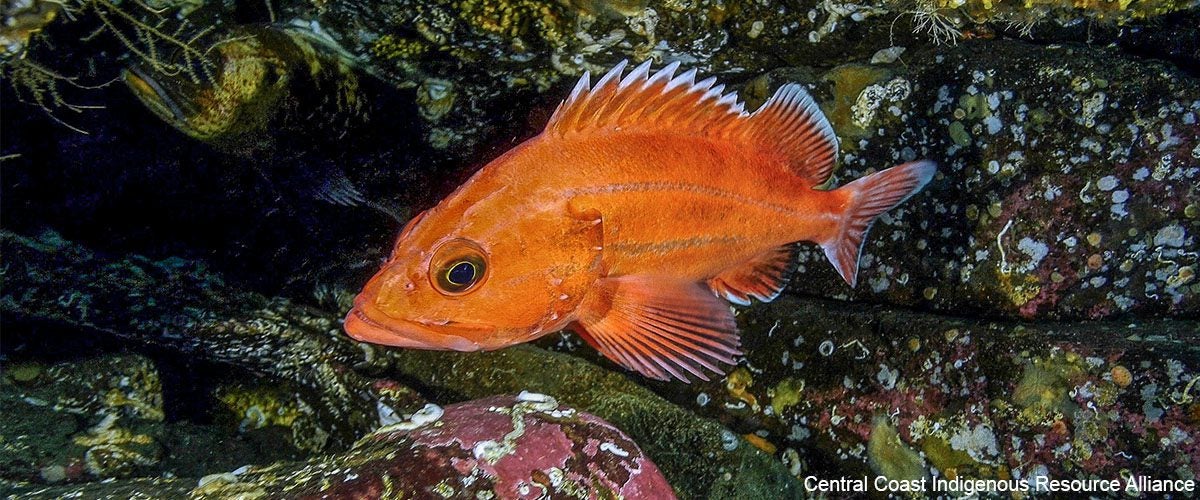
Rockfish are commonly found on seamounts. At least 25 rockfish species have been observed at SGaan Kinghlas-Bowie Seamount, including rougheye rockfish, yelloweye rockfish, and widow rockfish. Some rockfish can be incredibly long-lived, the yelloweye rockfish can live up to 150 years old!
Cold-Water Corals

There are over a hundred species of corals that have been observed on seamounts further north in Alaskan waters – including stony corals, black corals, soft corals (such as sea pens) and stylasterids (a type of hydrozoan coral, closely related to jelly-fish). We hope to see many of these species while on expedition. Cold-water corals are known as “ecosystem engineers”, meaning they create important habitat for other species to live, feed, rest, seek refuge from predators and spawn.
Sablefish

Sablefish, a species that lives close to the sea floor, are known to live only in the North Pacific Ocean – and nowhere else in the world! They make seasonal migrations from the coast to the seamounts and back, making them an important coastal and offshore fishery. Sablefish are long-lived, with the oldest fish recovered from British Columbian waters aged at 92 years old! How many senior sablefish do you think we will see during this expedition?
Octopus
No exploration of the seafloor would be complete without an octopus sighting! The giant Pacific octopus can be found in depths up to 2,000 meters, and tends to eat benthic species and even other octopuses. While Pacific and Atlantic octopuses look very different, here’s one we saw last year during an expedition in the Gulf of Maine.
Video Credit: Dr. Anna Metaxas, Dr. Martha Nizinski, CSSF/ROPOS
Sponges
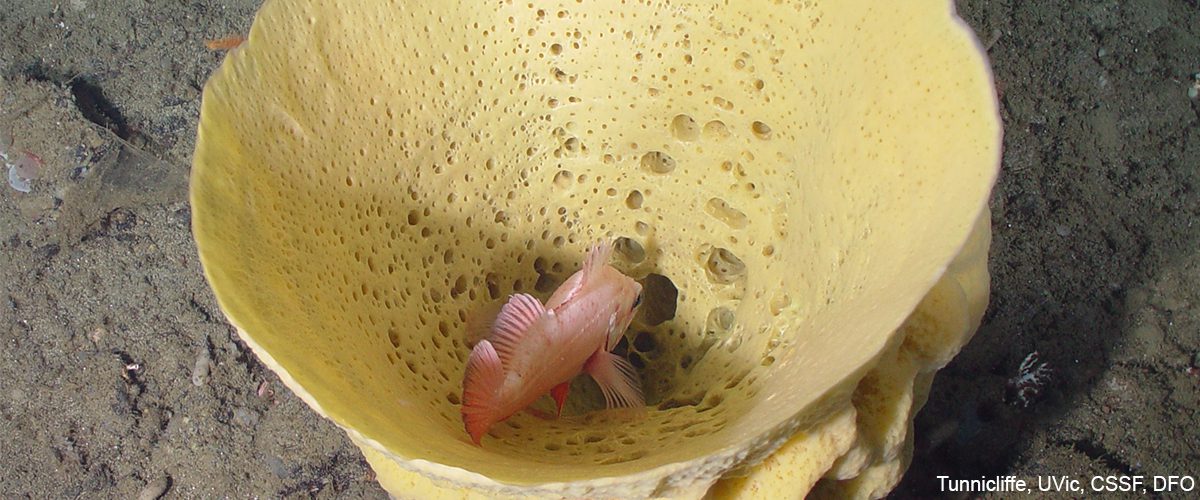
Sponges are highly diverse and widely distributed on seamounts in the northeast Pacific Ocean; one research survey identified over 17,000 sponges at a single seamount. One of the many known species that lives in this area is the glass sponge; thought to have gone extinct 40 million years ago, they were rediscovered in British Columbia’s waters in the 1990s. Glass sponges are filter-feeders that build intricate skeletons made of silica (glass); like corals, they can provide important seafloor habitat for many species of fish, crabs, bivalves and more.
Sea Stars
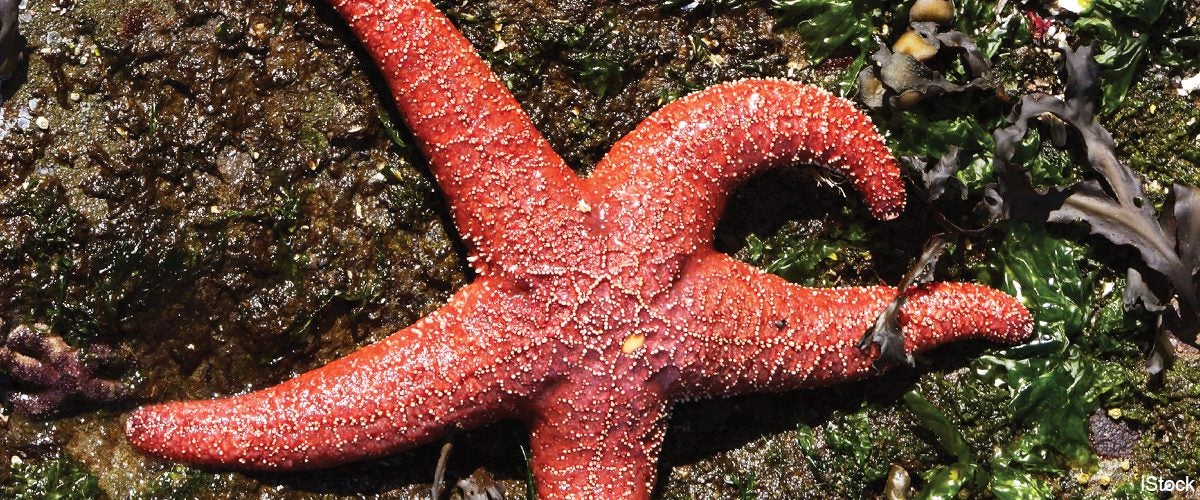
Sea stars, also known as starfish, and their relatives are abundant and diverse in the North Pacific Ocean, and can come in many shapes and colors. Commonly viewed on seamounts, sea stars and brittle stars have five long arms they use for moving around the seafloor and grabbing their food. They often hide in sponges and corals for protection from hungry predators, but can regenerate (regrow) an arm if they lose one!
Orcas

The waters around these seamounts are home to at least 24 species of whales, dolphins, and porpoises. The seamounts themselves are popular stop-over spots because they provide ideal feeding habitat for migratory species, including the orca, or killer whale. Did you know orcas are the largest species of dolphin and are known to be incredibly smart!
Nudibranch
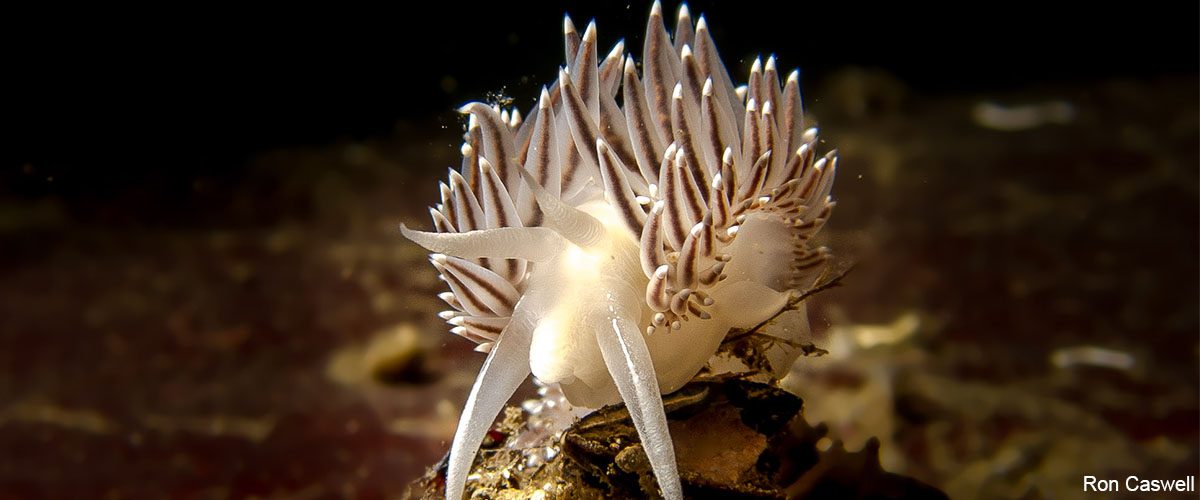
Nudibranchs, also known as a sea slugs, are mollusks without the shell. There are approximately 100 species of nudibranchs in the waters around British Columbia, and they are important and sensitive indicators of climate change. The ROV we will be using for this expedition is equipped with high-definition cameras that can zoom in to document small creatures including colourful sea slugs.
Pacific Halibut
The Pacific halibut is a right-eye flatfish, meaning its lies on the seafloor on its left side and both its eyes are on the right! It’s the second largest flat fish in the world (second only to Atlantic halibut), and can weigh over 300kg and grow to be longer than 2.5m! Studies have found higher diversity and abundance of fish species, like the Pacific halibut, associated with seamounts.
Sharks
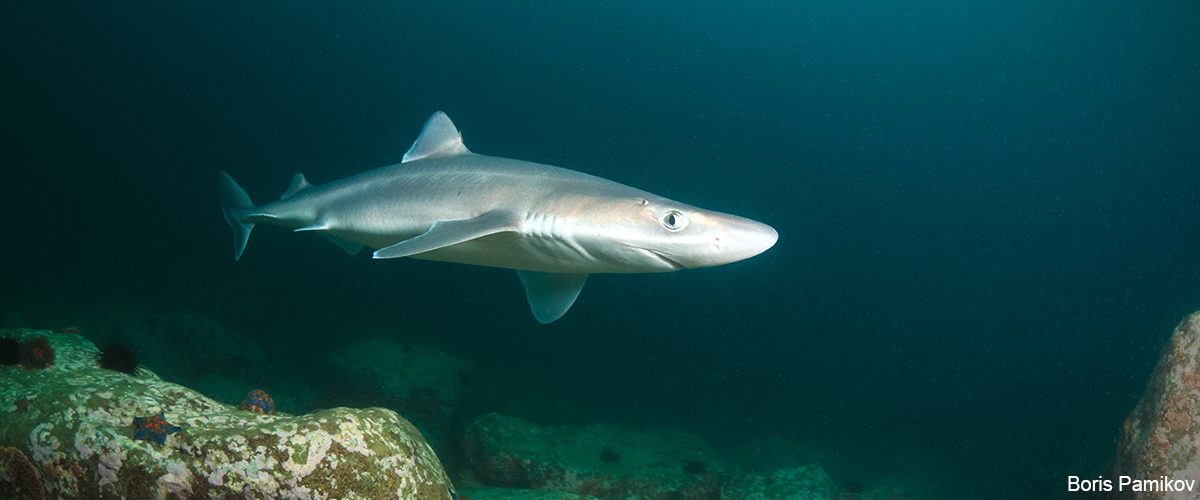
Sharks and other top predators are commonly referred to as “keystone species”, meaning they keep the ecological checks and balances in order by controlling the food web. At least 28 species of sharks, rays, skates, and sawfish are known to be present in the waters of Canada’s Offshore Pacific Bioregion; some of the shark species that may be spotted during the expedition include brown cat shark, spiny dogfish, shortfin mako, sixgill shark or basking shark.
Find out more about the Northeast Pacific Seamount Expedition at ProtectOceans.ca

